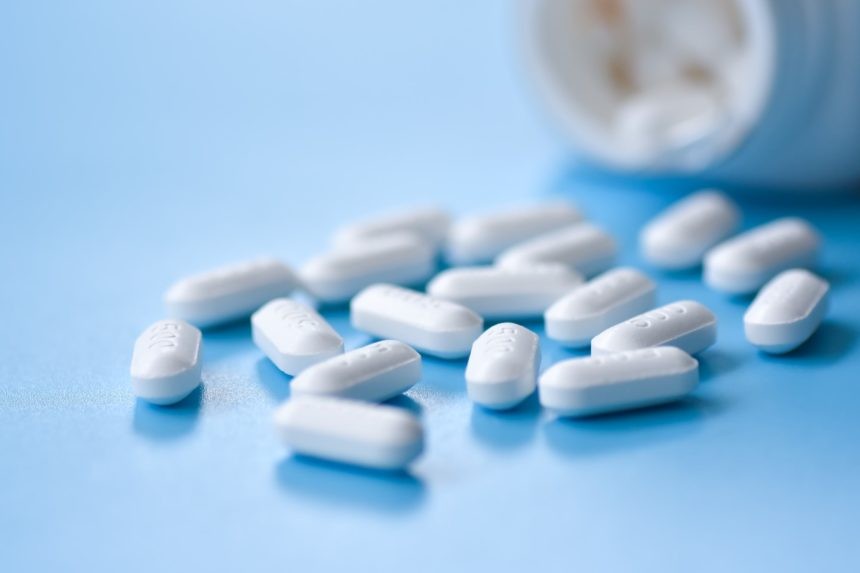Drug Pricing and Policies in India

As India is considered the pharmacy of the developing world, the pricing of drugs within the country is a very important national and global issue. In the last two decades, several policies have been put in place to regulate pricing and access but the comprehensive impact of these policies is yet to be explored. On November 12, 2019, Columbia Global Centers | Mumbai hosted a panel discussion on the subject featuring Bhaven Sampat, Associate Professor at Columbia University’s Mailman School of Public Health and Habib Farooqui, Additional Professor at the Public Health Foundation of India in New Delhi, both winners of Yusuf Hamied Fellowships. Dr. Yusuf Hamied participated in the event as a guest of honor.
Through his presentation entitled TRIPS, Patents and Drug Prices in India, Professor Sampat noted that the key challenge of designing patent laws is simultaneously incentivizing innovation through research and development initiatives while ensuring laws enable consumers access and fair competition. Examining the influence of the Trade Related intellectual Property Rights Agreement (TRIPS), he argued that the agreement had limited effect on prices prior to 1995 as protective patent laws were not enforced in India, but for new drugs that will enter the market with primary patents, results show 65%-200% higher prices and much less generic competition.
Dr. Farooqui’s paper, Impact Evaluation of Pharmaceutical Regulation on Medicine Utilization in India, revealed that the majority of healthcare expenditures in India are out of pocket, with 60% being spent on medications. He stated that many Indian families have dropped below poverty lines due to expenditure on pharmaceuticals. The National Pharmaceutical Pricing Policy, instituted in 2012 for price controls on a list of ‘essential medications,’ marked a shift from cost-based policy to market-based pricing. According to him, the Drug Price Control Order of 2013 is another policy that regulates pharmaceutical pricing in India, but in actuality, only 17.67% of the market is covered under this regulation. He noted that even well-intentioned policies may not work in real life scenarios due to challenges of implementation and because of prescriber and consumer behaviors.
Both presentations reinforced the notion that policies and regulations on pharmaceuticals need to be continuously researched to understand their true impact on pricing, utilization and access to treatment.